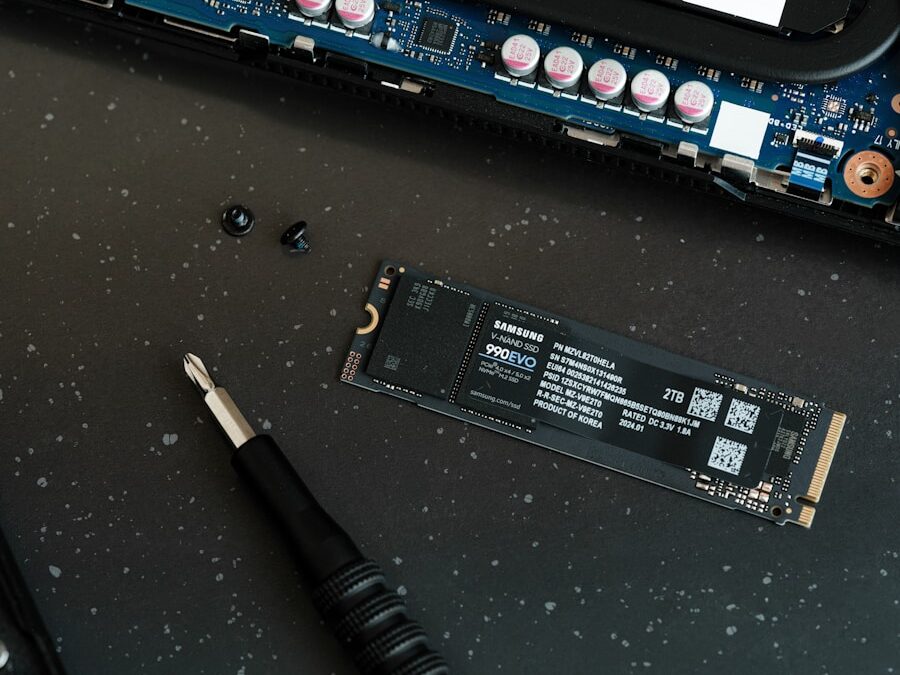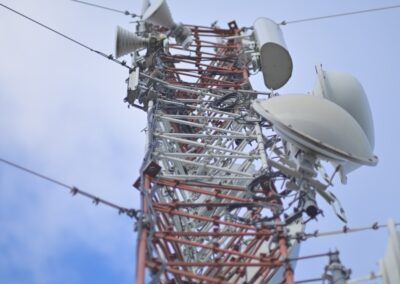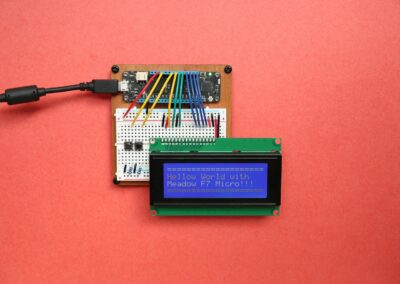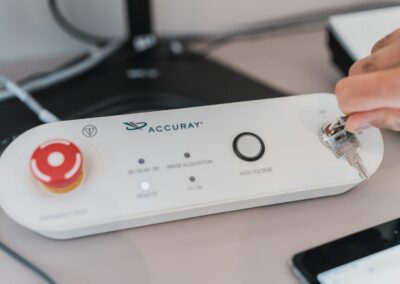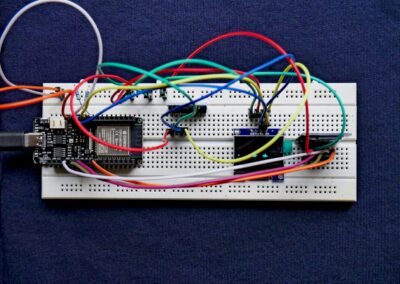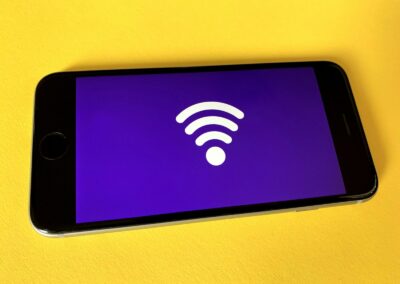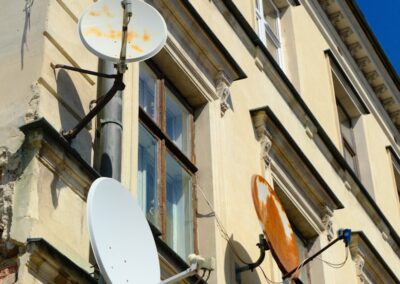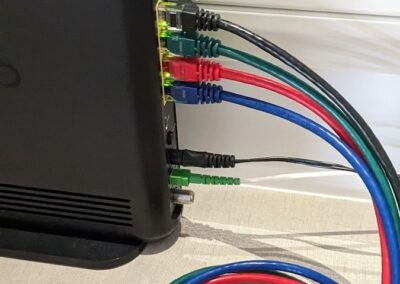Exploring How Connectivity Protocols Influence IoT Systems
Cost Considerations in IoT Connectivity
In today’s rapidly evolving technological landscape, the impact of connectivity protocols on IoT systems is a critical factor that can significantly influence overall costs. Selecting the right protocol can either streamline expenses or lead to substantial financial commitments. For instance, high-bandwidth protocols like 5G may offer exceptional performance but come with higher operational costs compared to low-power wide-area networks (LPWANs). Organizations in Saudi Arabia and the UAE, known for their forward-thinking approach to modern technology, often weigh these cost implications carefully to maximize their investment in IoT infrastructure. The choice between protocols such as Wi-Fi, Bluetooth, Zigbee, and others not only affects the initial deployment costs but also the long-term maintenance and scalability expenses.
Moreover, the regional push towards smart cities, particularly in Riyadh and Dubai, underscores the necessity of cost-effective and scalable connectivity solutions. Smart city initiatives aim to enhance urban living through interconnected systems that provide real-time data and seamless communication. Thus, selecting the right connectivity protocol becomes paramount, as it directly impacts the financial viability and sustainability of such projects. Executives and managers must consider the cost-benefit ratio of each protocol to ensure that their investments yield the desired outcomes without overextending their budgets.
Additionally, the evolving nature of connectivity protocols presents opportunities and challenges for businesses. Emerging technologies and improvements in existing protocols can drive down costs over time. For example, advancements in LPWAN technology have made it a more attractive option for IoT applications requiring long-range communication with minimal power consumption. However, businesses must stay vigilant and adaptable, ready to integrate these advancements to maintain cost efficiency and operational effectiveness.
Complexity and Scalability of IoT Systems
The complexity of IoT systems is another critical aspect influenced by connectivity protocols. Each protocol comes with its own set of technical requirements and challenges, affecting the overall system architecture. For instance, integrating multiple protocols within a single IoT ecosystem can lead to increased complexity, necessitating sophisticated management and coordination strategies. In the vibrant tech landscapes of Riyadh and Dubai, where innovation is constantly pursued, managing such complexity is crucial for ensuring the successful deployment of IoT solutions.
In addition, the scalability of IoT systems is heavily dependent on the chosen connectivity protocol. Scalable solutions are essential for businesses looking to expand their IoT deployments without encountering performance bottlenecks or excessive complexity. Protocols like 5G offer significant advantages in this regard, providing high-speed, low-latency connections that can support a large number of devices simultaneously. This is particularly relevant in smart city projects, where the density of connected devices is high, and seamless scalability is a must.
However, not all businesses may require the extensive capabilities of high-end protocols. For smaller-scale applications or those in remote areas, simpler and more cost-effective protocols like LoRaWAN or Sigfox might be more suitable. These protocols provide sufficient connectivity while keeping the system’s complexity manageable. In the context of Saudi Arabia and the UAE, where both metropolitan and remote area deployments are common, selecting the right protocol based on specific needs and geographical considerations is critical.
Moreover, the interoperability of different connectivity protocols plays a significant role in the scalability and complexity of IoT systems. Ensuring that devices and systems can communicate effectively, regardless of the protocol, is essential for creating flexible and robust IoT solutions. This often involves using middleware and standardized communication frameworks to bridge different protocols, which can add to the system’s overall complexity but is necessary for achieving a truly scalable and interconnected IoT ecosystem.
Executive Coaching and Strategic Implementation
Executive coaching services are increasingly recognized as a vital component in navigating the complexities of IoT system implementation. Business leaders in Riyadh, Dubai, and across the Gulf region benefit from tailored coaching that enhances their understanding of IoT technologies and strategic decision-making. By leveraging expert insights, executives can make informed choices about connectivity protocols that align with their organizational goals and regional technological landscapes.
Furthermore, strategic implementation of IoT systems requires a deep understanding of both the technical and managerial aspects of connectivity protocols. Coaching programs that focus on project management, leadership skills, and modern technology adoption equip executives with the tools needed to oversee successful IoT deployments. This holistic approach ensures that businesses can navigate the technical complexities of IoT while maintaining a clear focus on achieving business success and sustainability.
In addition to individual coaching, collaborative workshops and seminars provide a platform for executives to share experiences and strategies. These forums foster a community of practice where leaders can learn from each other’s successes and challenges in IoT implementation. In the dynamic and fast-paced environments of Saudi Arabia and the UAE, such collaborative learning is invaluable for staying ahead of technological trends and effectively managing the impact of connectivity protocols on IoT systems.
The Future of IoT in the Gulf Region
Looking ahead, the future of IoT in Saudi Arabia and the UAE is poised for significant growth, driven by advancements in connectivity protocols and a strong commitment to technological innovation. Governments and businesses in the region are investing heavily in research and development to harness the full potential of IoT. This includes exploring cutting-edge protocols and technologies that can further reduce costs, simplify complexity, and enhance scalability.
Moreover, the integration of AI and blockchain with IoT systems offers exciting possibilities for creating more intelligent and secure networks. AI can optimize connectivity by dynamically adjusting protocols based on real-time data, while blockchain can provide robust security frameworks to protect sensitive information. These advancements will play a crucial role in the continued evolution of IoT in the Gulf region, ensuring that it remains at the forefront of global technological innovation.
In conclusion, the impact of connectivity protocols on IoT systems is multifaceted, influencing cost, complexity, and scalability. By understanding these factors and leveraging executive coaching services, businesses in Saudi Arabia and the UAE can navigate the challenges and opportunities presented by IoT. As the region continues to embrace modern technology and innovative solutions, the strategic implementation of connectivity protocols will be key to driving business success and sustainable growth.
—
#IoTsystems #ConnectivityProtocols #IoTcost #IoTscalability #IoTcomplexity #SaudiArabia #UAE #Riyadh #Dubai #ExecutiveCoaching #ModernTechnology #BusinessSuccess #LeadershipSkills #ProjectManagement

